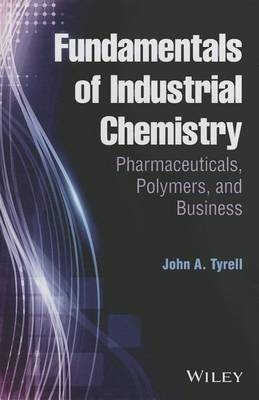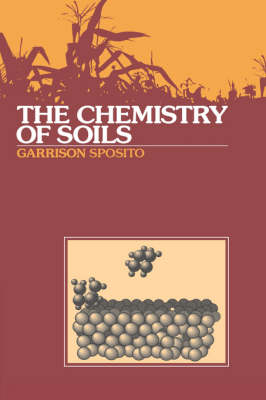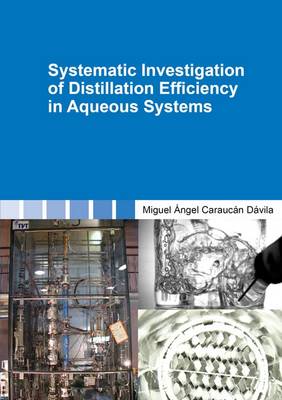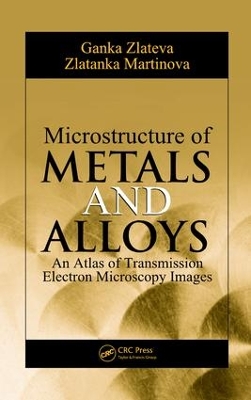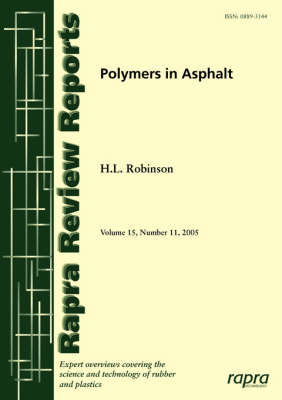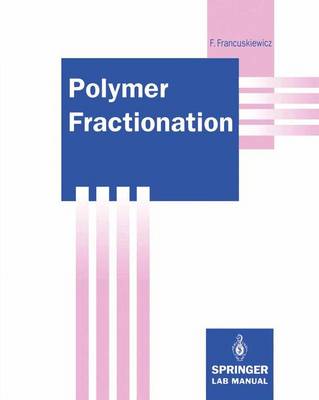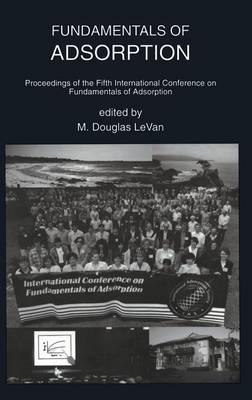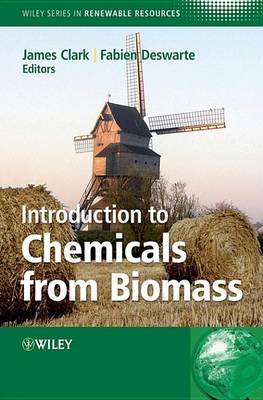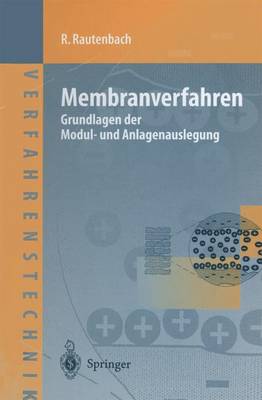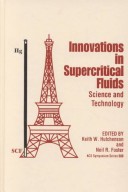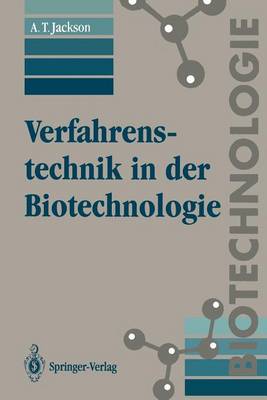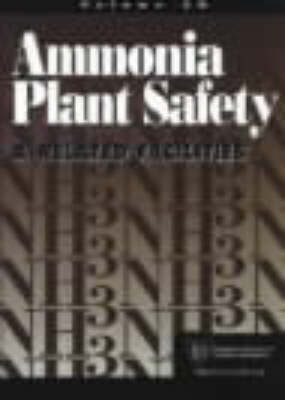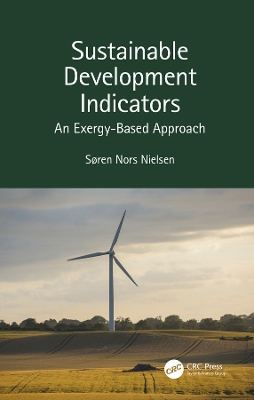Fundamentals of Industrial Chemistry: Pharmaceuticals, Polymers, and Business
by John A. Tyrell
Fundamentals of Automatic Process Control (Chemical Industries)
by Uttam Ray Chaudhuri and Utpal Ray Chaudhuri
Strong theoretical and practical knowledge of process control is essential for plant practicing engineers and operators. In addition being able to use control hardware and software appropriately, engineers must be able to select or write computer programs that interface the hardware and software required to run a plant effectively. Designed to help readers understand control software and strategies that mimic human activities, Fundamentals of Automatic Process Control provides an integrated intr...
This is a rigorous introduction to soil chemistry for non-specialist undergraduates and graduate researchers. The author describes soil minerals and organic matter in soils and the soil solution, and provides in-depth coverage of important chemical processes - these include solubility reactions, oxidation-reduction phenomena, adsorption, and ion exchange. The three final chapters present detailed applications to soil-plant relationships, fertilizer reactions in soils, acidity, salinity, mineral...
An internationally recognized expert in color chemistry surveys the wide use of colorants and highlights its links with physical organic chemistry, reaction engineering, and physical chemistry. The book covers dye synthesis, emphasizing mechanisms and catalytic processes, as well as the scientific basis of traditional coloration and new applications in areas such as information storage, liquid crystal displays, and optical data disks. For organic chemists the author demonstrates that dyes and pi...
BS 5263: Method for Sampling Liquid Dielectrics
Microstructure of Metals and Alloys
by Ganka Zlateva and Zlatanka Martinova
A teaching tool intended to complement existing books on the theory of materials science, metallurgy, and electron microscopy, this text focuses on metals and alloys. It visualizes key structural elements common to crystalline materials, including crystal lattice imperfections, along with the principles and steps involved in the microstructure deve
ziihlen, mit hochstem Engagement beteiligt.
Quick Selection Guide to Chemical Protective Clothing
by Krister Forsberg and S Z Mansdorf
This Fourth Edition of the Quick Selection Guide to Chemical Protective Clothing has been revised significantly, including 100 new chemicals and approximately 1000 more selection recommendations compared to previous editions. The color-coded tables of recommendations containing 16 representative protective clothing materials have been updated by replacing two of the barriers. The best-selling pocket guide now includes 700 chemicals, additional synonyms, CAS numbers, risk codes and special notati...
Scientific Computing in Chemical Engineering
Scientific Computing in Chemical Engineering gives the state of the art from the point of view of the numerical mathematicians as well as from the engineers. The application of modern methods in numerical mathematics on problems in chemical engineering, especially reactor modeling, process simulation, process optimization and the use of parallel computing is detailed.
Fractionation of polymers via solubility has been a well known method in polymer characterization for a long time. The original object of analytical fractionations, the determination of the molecular weight distribution, is nowadays achieved more efficiently and conveniently by chromatographic methods. However, fractionation procedures, which were developed in great diversity, remain up~to-date and essential for obtaining preparative fractions with narrow distributions. Such fractions are wanted...
Multi-component Thermodynamics in Consequence Analysis (Research Report S., CRR 207)
Fundamentals of Adsorption is the proceedings of the fifth International Conference on the Fundamentals of Adsorption, which was held on May 13-18, 1995 at the Asilomar Conference Center, Pacific Grove, California. This conference was organized completely under the auspices of the International Adsorption Society. It was attended by 196 participants from 24 countries. Members of the Scientific Advisory Board, together with the Conference Committee, selected papers for presentation from a...
Nature provides us with an abundance of chemical potential. Presenting an overview of the use of bioresources in the 21st century, Introduction to Chemicals from Biomass covers resources, chemical composition of biomass, key factors affecting composition, utilization of wastes, extraction technologies, controlled pyrolysis, fermentation, platform molecules, and green chemical technologies for their conversion to valuable chemicals. The text shows how smaller volume chemicals could become bulk ch...
Starting with the discovery of penicillin, other antibiotics, and insulin, the quest for understanding and use of biological systems, i. e. , microorganisms and ani mal tissue, for the production of value products has lead to a dramatic increase in microbiological and bioengineering research in the last decades. Chemical and pharmaceutical companies quickly realized the huge commercial potential of these bioproducts and have spent millions of US dollars on R &D as well as on a build up of produc...
It was in 1908, when Prof. Kinue Ikeda, grandfather of Dr. T. Ikeda, a Japanese chemist discovered glutamic acid as a flavoring component in seaweed ("Kon bu") and soy hydrolysates. After neutralization with caustic soda, he isolated Mono Sodium Glutamate (MSG), a flavor enhancer that represented the initial product for the company Ajinomoto. The company's name is synonymous with its first product and MSG was setting the stage for large scale production of amino acids. MSG is still today's most...
Membranverfahren (Chemische Technik Verfahrenstechnik)
by Robert Rautenbach
Membranverfahren haben sich in den vergangenen 15 Jahren von einem exotischen Sonderverfahren zu einem zuverl ssigen Standardverfahren entwickelt. F r die Zwecke der Meerwasserentsalzung und Abwasseraufbereitung, aber auch f r die Trennung organischer Stoffgemische in der chemischen Industrie stehen Polymer- und anorganische Membranen zur Verf gung, die selektiv, leistungsf hig und in hohem Ma e best ndig sind.Ausgehend von den verfahrenstechnischen Grundlagen werden in diesem Werk Methoden aufg...
Innovations in Supercritical Fluids (ACS Symposium, #608)
by Keith W. Hutchenson and Neil R. Foster
Bei der Konzeption biotechnologischer Prozesse mussen eine Vielzahl von verschiedensten Disziplinen in Wissenschaft und Technologie integriert werden. Wesentliche Aspekte dieser multi-disziplinaren Zusammenarbeit sind die Kommunikation zwischen den Mitarbeitern, die Vertrautheit mit der benutzten Terminologie und das Erkennen potentieller Probleme jeder Disziplin. Das Ziel des vorliegenden Buches ist es, dem Nicht-Ingenieur (vornehmlich dem Biologen, aber auch dem Chemiker und Lebensmittelchemik...
Ammonia Plant Safety and Related Facilities
Handbook of Gasification (Chemical Industries)
by John Rezaiyan and Nicholas P Cheremisinoff
Gasification is a flexible, reliable and clean energy technology that converts materials containing carbon-i.e. coal, petroleum coke, biomass or waste-into synthesis gas (syngas). The syngas can then be used to produce electricity or be further processed to manufacture chemicals, fertilizers, liquid fuels, substitute natural gas, or hydrogen. Building upon the success of the authors' earlier work, the Handbook of Gasification is a comprehensive treatment covering principles, technologies, the wo...
Sustainable Development Indicators (Applied Ecology and Environmental Management)
by Soren Nors Nielsen
Analyzing the self-sufficient Danish island of Samsø, this book explains sustainability through a bio-geophysical understanding of how to best use society’s limited resources to achieve true sustainability. The method used derives from the thermodynamic function of exergy. By analyzing exergy flows and establishing a system for evaluating the energy and the materials used in a society, the author creates a platform for monitoring certain indicators of sustainability. These indicators inform read...
This practice-oriented book introduces chemists, engineers and technicians to the strategies, techniques and efficiency of modern process analytical chemistry. The author targets in particular those professionals in SMEs who have to carry out process control tasks in a "solo-run."
